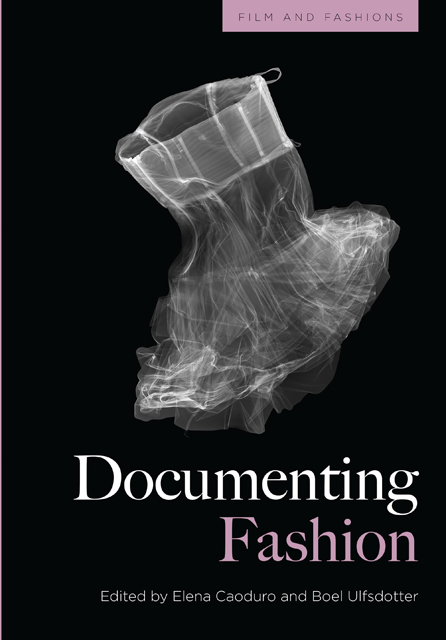Introduction
Published online by Cambridge University Press: 20 October 2023
Summary
‘Be bold, be you’. With this catchy motto SHEIN, the ultrafast fashion brand – known for its innovative use of social media, for the accusations of its plagiarism and for the damage it causes to the environment – launched its own reality show, Shein X: 100K Challenges, at the end of August 2021. Available on their app and on YouTube, the four-part reality show follows thirty designers competing to win a lucrative collaboration, a cash prize and the showing of their collection at SHEIN's fashion week in Los Angeles. The initiative not only demonstrates the resourceful marketing strategies it now uses to target generation Z consumers, but also the long-standing relationship between fashion and the media industries. Fashion and media have flirted with each other in a symbiotic relationship since the dawn of modernity and this synergy has been mutually influential. It is sufficient to think of the ways in which television dramas have inspired catwalks and collections, and how designers have created costumes for feature films, or loaned their iconic garments to red carpet premieres and awards ceremonies. In tandem with these developments, the act of documenting fashion has been present since the emergence of the medium of film: from British and American actualities showing what was in vogue at the time, to German and French newsreels capturing fashion shows. The tradition continues into our own days: first with fashion blogging and vlogging, now with Instagram stories, reels and live-streamed fashion shows.
Documenting Fashion offers a critical view on the power of factual media to shed light on fashion, celebrity and consumer culture. The book invites its readers to consider fashion as an object of mediated fascination and responds to the real lack of scholarly works dedicated to the ways in which the documentary moving image frames fashion. In fact, while the scholarship dedicated to the intersection of film and fashion is fast increasing, the interest in this field has primarily focused on expressions related to fiction and to narrative storytelling. From an academic point of view, these works have examined, among other topics, the construction of femininity and masculinity through costuming, the definition of national identities through cinematic clothing, and the haptic pleasure of fashion in film.
- Type
- Chapter
- Information
- Documenting Fashion , pp. 1 - 8Publisher: Edinburgh University PressPrint publication year: 2023



